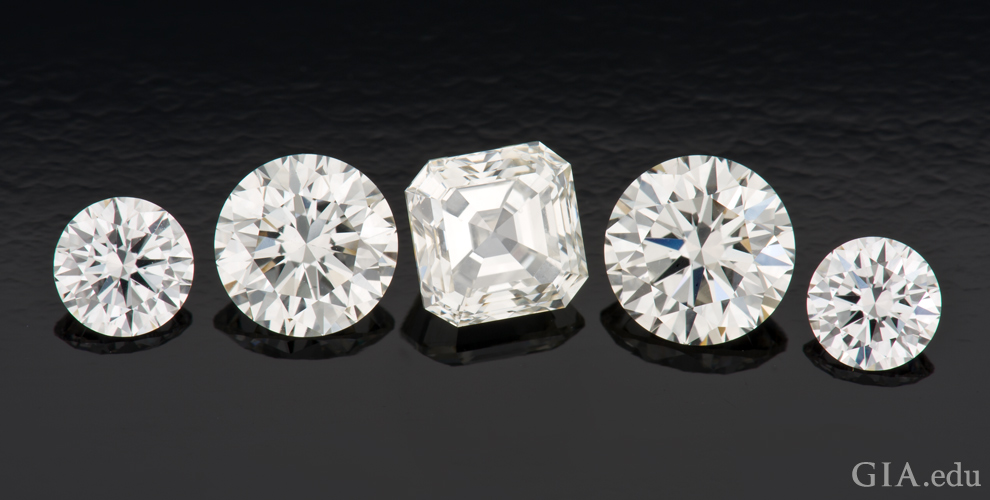
Lab made diamonds are a popular choice for people who want to have the beauty and durability of a diamond without the ethical concerns of mined diamonds.
Here are some tips to spot a good quality lab-grown diamond:
- Look for certification: Lab-grown diamonds are certified by independent gemological laboratories, such as the Gemological Institute of America (GIA) or the International Gemological Institute (IGI). These certifications verify the diamond’s quality and authenticity.
- Check the 4 Cs: The 4 Cs of diamonds are colour, clarity, cut, and carat weight. Look for a lab-grown diamond that has a high colour and clarity rating, a well-proportioned cut, and a carat weight that suits your needs.
- Consider the price: Lab-grown diamonds are typically less expensive than mined diamonds, but the price can still vary depending on the quality and size of the diamond. If a lab-grown diamond seems too cheap, it may be of lower quality.
- Ask for information about the diamond’s origin: It’s important to know where the lab-grown diamond was created, as some labs have better reputations than others. Ask the seller for information about the lab that produced the diamond and any relevant certifications they may have.
- Look for reviews and recommendations: Check online reviews and ask friends or family members who have purchased lab-grown diamonds for their recommendations. A reputable seller will have positive reviews and be happy to provide references.
- Compare prices: Compare prices from different sellers to ensure you’re getting a fair price for the diamond’s quality.
- Look at the diamond’s fluorescence: Fluorescence is a natural phenomenon that causes some diamonds to emit a soft glow under UV light. In lab-grown diamonds, fluorescence can sometimes be more noticeable than in mined diamonds. Check for fluorescence in different lighting conditions to see if it affects the diamond’s appearance.
- Consider the setting: The setting can affect the appearance of the diamond, so choose a setting that complements the diamond’s shape and size. Also, make sure the setting is secure and will protect the diamond from damage.
- Ask about warranties and return policies: A reputable seller should offer a warranty and a flexible return policy, so make sure to ask about these before making a purchase.
By following these tips, you’ll be able to spot a good quality lab-grown diamond that meets your needs and budget.
One more thing to consider when looking for a good quality lab-grown diamond is the type of growth process used to create the diamond. There are two main methods of growing diamonds in a lab: High Pressure High Temperature (HPHT) and Chemical Vapour Deposition (CVD).
HPHT diamonds are grown using extreme heat and pressure to simulate the conditions that create natural diamonds. They tend to have a more yellowish or brownish colour, and they often have inclusions that can be visible to the naked eye.
CVD diamonds are grown using a gas mixture that is heated to create a plasma ball, which deposits carbon atoms onto a substrate to form diamond crystals. They tend to be clearer and more colourless than HPHT diamonds, and they often have fewer inclusions.
Both methods can produce high-quality diamonds, but it’s worth considering which method was used to create the diamond and how it might affect the diamond’s appearance and value.